Cognitive Research
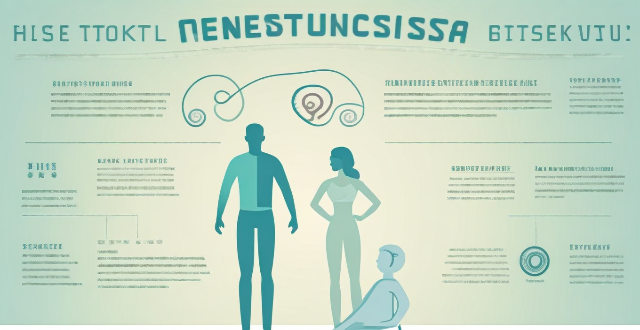
Is there a link between physical fitness and cognitive function ?
The text discusses the potential link between physical fitness and cognitive function, citing research that suggests a correlation. It defines physical fitness as the ability to perform aspects of sports or occupations, obtained through proper nutrition, exercise, and rest, and cognitive function as mental processes involving perceiving, remembering, reasoning, problem-solving, understanding, judging, and learning. The text mentions studies that suggest enhanced physical fitness can improve cognitive function in older people without known cognitive impairment and that physical fitness could be a better predictor of cognitive performance than physical activity. It also discusses potential mechanisms behind the relationship, including increased blood flow to the brain and the release of chemicals that promote cell growth, improvement, and survival. Finally, it notes the potential implications of this research for individual and societal health.

Can exercise reverse cognitive impairment caused by neurological disorders ?
Exercise may help reverse cognitive impairment caused by neurological disorders. Studies have shown that exercise can improve cognitive function in people with Alzheimer's disease, Parkinson's disease, and stroke. Exercise may also reduce inflammation, improve balance and mobility, and increase overall quality of life for people with neurological disorders. More research is needed to fully understand the effects of exercise on cognitive impairment caused by neurological disorders.
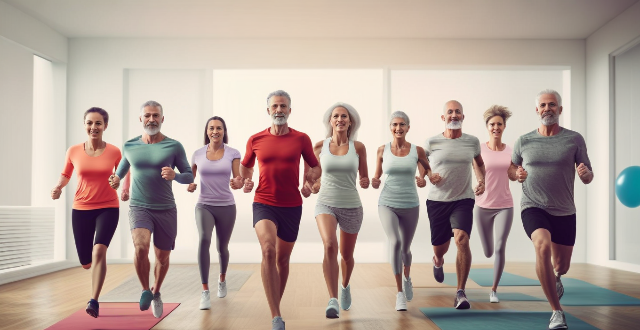
Can regular exercise prevent cognitive decline in older adults ?
Regular exercise may help prevent cognitive decline in older adults by promoting neuroplasticity, improving blood flow to the brain, and reducing inflammation. Multiple studies have found positive associations between physical activity and cognitive function in this age group. Guidelines recommend aerobic exercise, resistance training, and activities that improve flexibility and balance. Making exercise a regular part of daily life is key for maintaining cognitive benefits over time.

Is there a relationship between exercise and cognitive function ?
Exercise is a potential intervention for enhancing cognitive function across the lifespan. The relationship between exercise and cognitive function is complex and multifaceted, involving various aspects of cognition and different types of exercise. Long-term exercise interventions have consistently shown positive effects on cognitive function, particularly in older adults. Different types of exercise may influence specific cognitive functions differently, and the underlying mechanisms behind these effects are still being explored. By incorporating regular physical activity into our daily routines, we can potentially enhance our cognitive function and overall well-being.
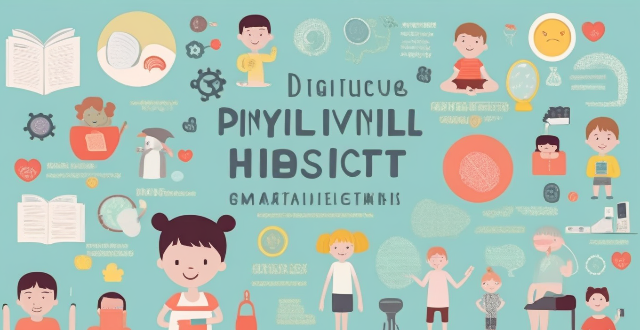
How does physical activity affect children's cognitive development ?
This article discusses the positive impacts of physical activity on children's cognitive development, including improved attention and memory, enhanced executive functioning, increased learning abilities, reduced stress and anxiety, and promoted socialization and teamwork skills. Regular exercise can enhance blood flow to the brain, strengthen neural connections in the prefrontal cortex, stimulate neurogenesis, release endorphins, and provide a healthy outlet for releasing energy and emotions. Encouraging children to engage in regular physical activity can have long-lasting positive effects on their overall well-being and success throughout life.

Is there a specific type of exercise that is most effective for enhancing cognitive abilities ?
Exercise has been shown to have numerous benefits on cognitive abilities, but is there a specific type of exercise that is most effective? Aerobic exercise improves blood flow and reduces stress, while resistance training boosts BDNF levels and enhances executive function. Combination exercises provide a comprehensive workout for the body and brain. Finding an exercise routine that you enjoy and can stick to is key to reaping the cognitive benefits over time.

How do psychological factors influence sports performance and research ?
This document discusses the influence of psychological factors on sports performance, emphasizing the importance of motivation, confidence, concentration, resilience, and team dynamics. It highlights how these elements can enhance or hinder athletic performance and underscores the significance of research in understanding and applying psychological principles to optimize athlete mental states. The text concludes by noting the potential for ongoing research to refine our comprehension and application of psychology in sports, aiming to help athletes achieve their full potential mentally and physically.
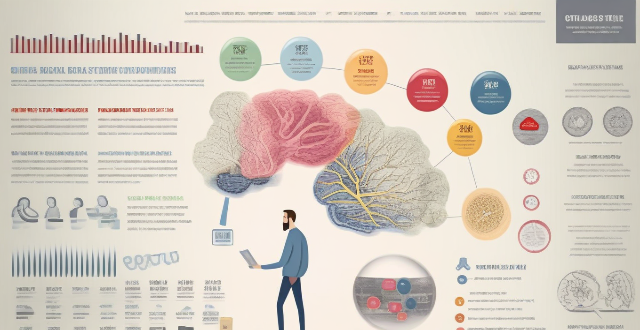
How does exercise improve cognitive function ?
Exercise plays a crucial role in enhancing cognitive function, including memory, attention, and problem-solving skills. It promotes brain plasticity, increases blood flow and oxygenation, reduces inflammation, and improves sleep quality. Incorporating exercise into your routine can be done through various activities such as running, swimming, or yoga. Start small and gradually increase intensity and duration, find enjoyable activities, incorporate mindful movement, make it social, set realistic goals, and consult with a professional if needed.

How long after starting an exercise routine can improvements in cognitive function be expected ?
The text discusses the timeline for improvements in cognitive function after starting an exercise routine. It mentions that immediate benefits such as enhanced mood, improved attention and focus, and increased energy levels can be noticed within 1-3 months. Mid-term benefits like enhanced memory retention, improved executive function, and increased creativity can be observed within 3-6 months. Long-term benefits such as slowed cognitive decline, reduced risk of cognitive disorders, and sustained improvements in overall cognitive performance can be achieved after six months or longer. The text emphasizes the importance of maintaining a consistent exercise regimen over the long term for sustained enhancements in various aspects of cognitive function.

How important is sleep for optimizing concentration and cognitive functions ?
The article discusses the significance of sleep for enhancing concentration and cognitive functions. It states that adequate sleep is crucial for improving attention span, alertness, memory consolidation, learning capacity, problem-solving abilities, and decision-making skills. The benefits of getting enough sleep include improved productivity, better performance, reduced stress levels, and enhanced mood. Therefore, prioritizing sleep as part of a healthy lifestyle is essential to optimize concentration and cognitive functions.

How can sports research and development contribute to overall health and wellness ?
The article explores how sports research and development (R&D) contribute to various dimensions of health and wellness. It discusses the improvements in physical health, such as enhanced fitness levels, weight management, and injury prevention, that can be achieved through sports R&D. Additionally, it highlights the mental health benefits, including stress reduction and cognitive function enhancement, that can result from engaging in sports activities. Finally, the article emphasizes the social well-being aspects, such as teamwork, social skills, cultural exchange, and community building, that sports R&D can promote. Overall, the article concludes that sports R&D plays an integral role in creating healthier societies and supports active and fulfilling lives for people worldwide.

How does exercise influence neuroplasticity and cognitive function ?
Exercise has a positive impact on neuroplasticity and cognitive function by increasing blood flow, releasing growth factors, reducing inflammation, improving attention and concentration, enhancing memory, and slowing cognitive decline. Incorporating regular physical activity into your lifestyle can have numerous benefits for your brain health and overall well-being.
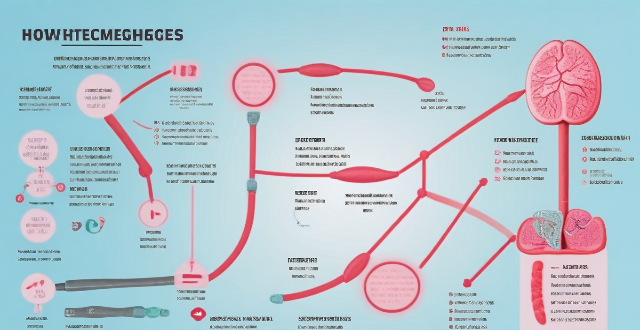
How does exercise affect brain function and cognitive abilities ?
This article discusses how regular physical activity positively impacts brain function and cognitive abilities by improving blood flow, boosting neurotrophic factors, enhancing plasticity, and reducing inflammation. It emphasizes the importance of incorporating exercise into one's lifestyle for maintaining and enhancing cognitive health.

Does exercise have different effects on cognitive function at different ages ?
This article explores the relationship between exercise and cognitive function across various age groups. It highlights the benefits of exercise for children's cognitive development, adults' reduced risk of cognitive decline, and older adults' slowed cognitive decline. Examples of suitable exercises for each age group are provided, including playing sports for children, aerobic activities for adults, and walking or cycling for older adults. The article concludes that incorporating physical activity into daily routines at any age is crucial for maintaining cognitive health and overall well-being.

What are the implications of cognitive development theories in educational psychology ?
Cognitive development theories have significant implications in educational psychology. These theories help educators understand how children think, learn, and process information. By applying these theories, educators can create effective learning environments that cater to the cognitive needs of their students. Piaget's theory suggests that children progress through four stages of cognitive development and emphasizes the importance of hands-on activities and constructivist learning. Vygotsky's sociocultural theory highlights the role of social interaction and cultural tools in cognitive development. Information processing theory focuses on working memory, cognitive load, and metacognition. By understanding these theories, educators can enhance student learning and promote cognitive growth.
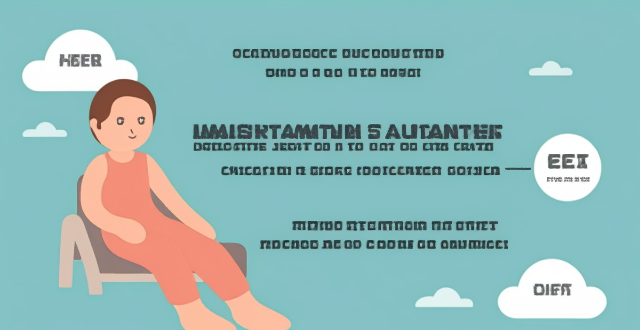
Can exercise compensate for poor sleep quality in terms of cognitive function ?
The article discusses the importance of sleep for cognitive function and whether exercise can compensate for poor sleep quality. While exercise has benefits for cognitive function, it cannot fully replace the memory consolidation and emotion processing that occurs during sleep. Chronic sleep deprivation can lead to long-term changes in brain structure and function that may not be reversible through exercise alone. To maintain optimal cognitive function, both regular physical activity and good sleep habits are essential.

What role does exercise play in maintaining cognitive function in old age ?
Exercise is crucial for maintaining cognitive function in old age, with benefits including improved blood flow, reduced inflammation, and increased neuroplasticity. Aerobic exercise, resistance training, and activities like yoga and tai chi are all beneficial. Incorporating physical activity into your daily routine can help keep your mind sharp as you age.

Does exercise influence emotional regulation and mental well-being, which in turn affects cognitive processes ?
The article explores the relationship between exercise, emotional regulation, mental well-being, and cognitive processes. It suggests that regular physical activity can positively impact emotional regulation by reducing stress levels, improving self-esteem, and providing a healthy outlet for negative emotions. Exercise also contributes to improved mental well-being by alleviating symptoms of depression and anxiety, promoting relaxation, and providing opportunities for social interaction. These factors, in turn, influence cognitive processes such as attention, memory, problem solving, and decision making. Overall, the article concludes that incorporating exercise into daily routines can have numerous benefits for overall health and well-being.
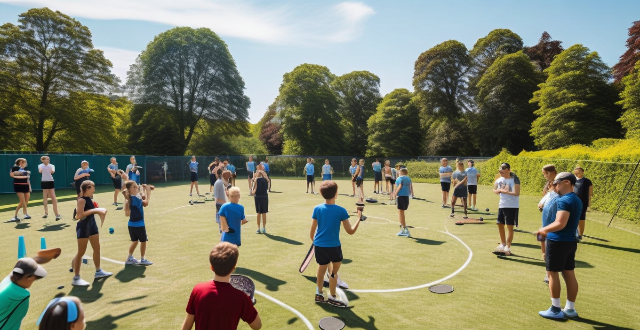
Can team sports or group exercises provide additional cognitive benefits compared to individual activities ?
Team sports and group exercises provide cognitive benefits such as improved social skills, enhanced cognitive functioning, increased self-esteem and confidence, and personal growth opportunities. Participating in these activities helps individuals develop strong communication skills, cooperation, conflict resolution abilities, attention and focus, decision making skills, memory retention, and a sense of achievement. These skills can be applied in all aspects of life, leading to personal growth and development.

How do I conduct research for an academic paper ?
This guide provides a step-by-step approach to conducting effective research for an academic paper, including determining the research question, gathering background information, finding and evaluating sources, analyzing and synthesizing information, organizing thoughts, citing sources properly, and revising and editing the paper. It emphasizes the importance of critical thinking, organizational skills, and seeking feedback throughout the process.
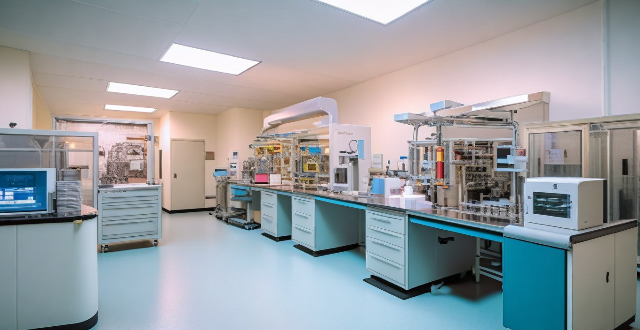
What measures should be taken to ensure compliance with biosafety policies in laboratories and research facilities ?
Ensuring biosafety compliance in laboratories and research facilities is crucial for the protection of personnel, the environment, and research subjects. Measures such as regular training sessions, competency assessments, clear policies and procedures, proper use of personal protective equipment (PPE), effective waste management, and well-developed emergency response plans should be implemented to create a safe working environment.
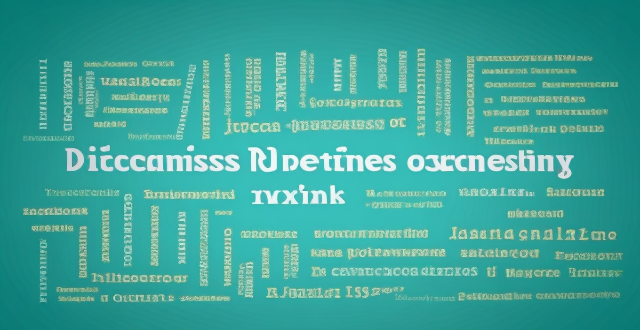
What are the latest developments in vaccine research and development ?
The text discusses the latest developments in vaccine research and development, including the creation of new vaccines for COVID-19, cancer, and other infectious diseases. It also highlights the challenges and opportunities facing vaccine researchers and developers, such as ensuring accessibility and affordability of vaccines and addressing concerns about vaccine safety and efficacy. The text concludes by emphasizing the importance of continued investment in vaccine research and development to improve global health outcomes.

How has technology impacted sports research and development ?
Technology has significantly impacted sports research and development by introducing advanced tracking systems, virtual reality training, data analysis tools, biomechanics applications, and nutrition science advancements. These technological innovations enable athletes, coaches, and researchers to optimize performance, prevent injuries, and gain a deeper understanding of the science behind sports.

How can sports research and development help prevent injuries ?
Sports research and development can help prevent injuries by understanding injury mechanisms, developing prevention strategies, and utilizing technology and education. Biomechanics studies and epidemiological research provide insights into how forces affect the body during physical activity and identify common factors that contribute to injuries. Based on these findings, sports scientists can design training programs that target specific areas of the body, improving strength, flexibility, and endurance. Technology and equipment advancements also play a role in protecting athletes from injury. Educating coaches, athletes, and parents about proper technique and safe training practices is essential for creating a culture of safety. Overall, sports research and development are crucial for minimizing the risk of harm and promoting a safer environment for all participants.

What role does satellite communication play in space exploration and research ?
Satellite communication is crucial for space exploration and research, enabling data collection, real-time communication, navigation, and international collaboration. It will continue to play a vital role in future applications such as deep space exploration, autonomous robotics, and quantum communication.

How can we ensure biosafety in laboratories and research facilities ?
Ensuring Biosafety in Laboratories and Research Facilities: Biosafety is a critical aspect of any laboratory or research facility that deals with potentially hazardous biological materials. It involves implementing measures to prevent the exposure of personnel, the public, and the environment to these materials. Here are some ways to ensure biosafety in laboratories and research facilities: 1\. Establish clear policies and procedures, including creating a biosafety manual, providing training and education, and developing an emergency response plan. 2\. Maintain appropriate laboratory design and equipment, such as using physical barriers, ventilation systems, and decontamination areas. 3\. Practice good laboratory techniques, including using personal protective equipment (PPE), aseptic techniques, and proper waste management. 4\. Conduct risk assessments and implement controls, such as identifying potential hazards, evaluating the likelihood and severity of each identified hazard, and implementing appropriate administrative, engineering, and work practice controls. 5\. Monitor and review biosafety practices regularly, including conducting regular audits, encouraging feedback mechanisms, and continuously improving policies and procedures based on new information, technologies, or changes in the work environment.

What are the benefits of sports research and development for athletes ?
The benefits of sports research and development for athletes include optimized training programs, advanced equipment and technology, risk assessment and management, rehabilitation and recovery, mental health support, and proper nutrition and hydration. These factors contribute to improved performance, injury prevention, and overall well-being for athletes.

What are some emerging trends in the field of energy storage materials research ?
The text discusses the latest trends in energy storage materials research, focusing on solid-state batteries, flow batteries, metal-air batteries, supercapacitors, redox flow batteries, hybrid energy storage systems, nanostructured materials, smart grid integration, thermal energy storage, and organic/bio-based materials. Each section provides a brief overview of the technology's advantages and current research challenges.

Are certain durations or intensities of exercise more beneficial for cognition than others ?
Exercise has been shown to improve cognitive function, memory, and mental health. Both short-term and long-term exercise can enhance different aspects of cognition. Moderate-intensity exercise is most beneficial for older adults, while high-intensity exercise may also be advantageous but should not exceed certain levels. Aerobic exercise, resistance training, and balance exercises all contribute to cognitive improvement. Individual differences should be considered when determining the optimal exercise regimen for cognitive enhancement.

What steps should women take to research the safety of a destination before traveling ?
The provided text offers a comprehensive guide for women to research the safety of a destination before traveling. The steps include online research such as checking government travel advisories and joining travel forums, seeking professional advice from travel agents and security experts, planning ahead by making copies of important documents and informing someone about your itinerary, packing smart with items like personal alarms and door stop alarms, being prepared on the ground by dressing appropriately and learning basic phrases in the local language, and trusting your instincts to avoid potentially dangerous situations. By following these steps, women can enhance their safety while traveling and be better informed about potential risks.